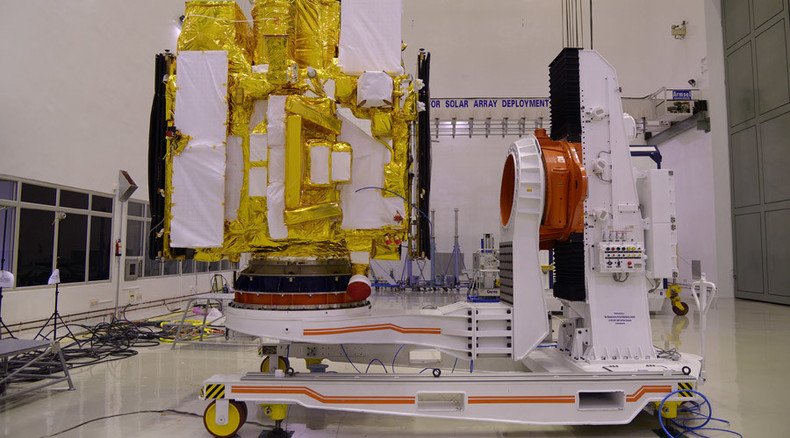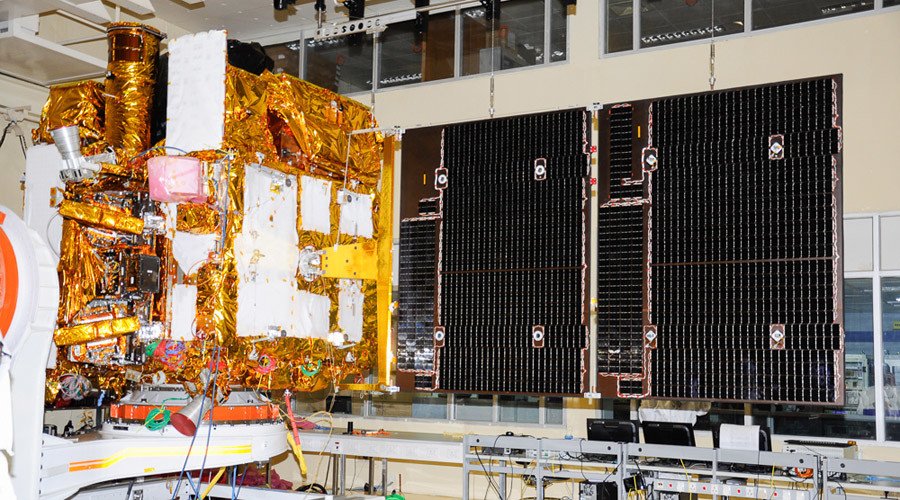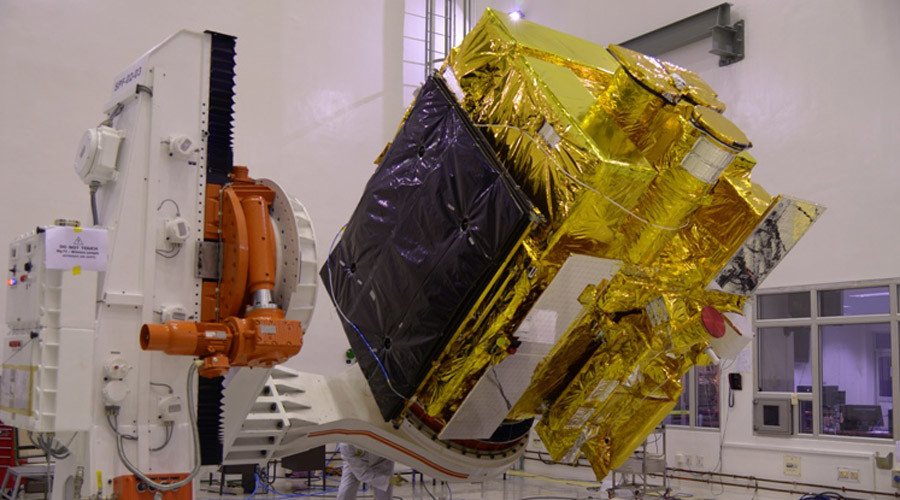India successfully launches its 1st space observatory (VIDEO)

India has launched its first space telescope, Astrosat – the nation’s first Hubble-like orbiting observatory. Some of the goals set for the spacecraft’s 5-year mission include observing black holes and regions of star birth.
Six satellites and India’s first space observatory were launched from a rocket port at Sriharikota in Andhra Pradesh into a 650-kilometer orbit on Monday, Indian officials said, according to AP.
Astrosat will carry four X-ray payloads, one UV telescope and a charge particle monitor, making it a unique multifunctional space observation satellite.

“One of the unique features of the Astrosat mission is that it enables the simultaneous multi-wavelength observations of various astronomical objects with a single satellite,” the Indian Space Research Organization (ISRO) reports.
“Astrosat will observe universe in the optical, ultraviolet, low and high energy X-ray regions of the electromagnetic spectrum, whereas most other scientific satellites are capable of observing a narrow range of wavelength band,” it adds.
The space observatory is designed to advance a number of scientific goals, including understanding “high energy processes in binary star systems containing neutron stars and black holes”, estimating magnetic fields of neutron stars and studying star birth regions.

The satellite was conceived in 1996 and the project began in 2004. Along with the ISRO, four leading Indian scientific institutions, as well as two institutions from Canada and the UK, contributed to the creation of Astrosat.
The space observatory cost more than $50 million, The Guardian reports. The satellite is going to be operated for five years, with its control center located in the southern Indian city of Bangalore.
“We intend a mission life of five years for the Astrosat. So the question of repairs, like the ones done by astronauts on the Hubble, doesn’t arise,” The Guardian cited ISRO spokesman Deviprasad Karnik as saying.
READ MORE: India's low-cost space mission reaches Mars orbit
Astrosat will be delivered to its orbit with a polar satellite launch vehicle (PSLV), which will carry six more satellites: a 76-kilogram Indonesian maritime surveillance satellite, a 14- kilogram Canadian observing satellite and four US remote sensing nano-satellites. It’s the first time India will launch American satellites.
“We have never launched an American satellite … Politically and scientifically, India launching four American satellites marks the biggest step yet in Indo-US space collaboration,” said Srinivas Laxman, a space science expert, told The Guardian.
Some Indian media have hailed the launch of Astrosat as the first space achievement of this type “in the developing world.”
India is a rapidly developing space power. Last year the country launched the Mars Orbiter Mission, which was a breakthrough for Indian astronomy as before it the similar missions were conducted only by Russia, the US and the EU.











